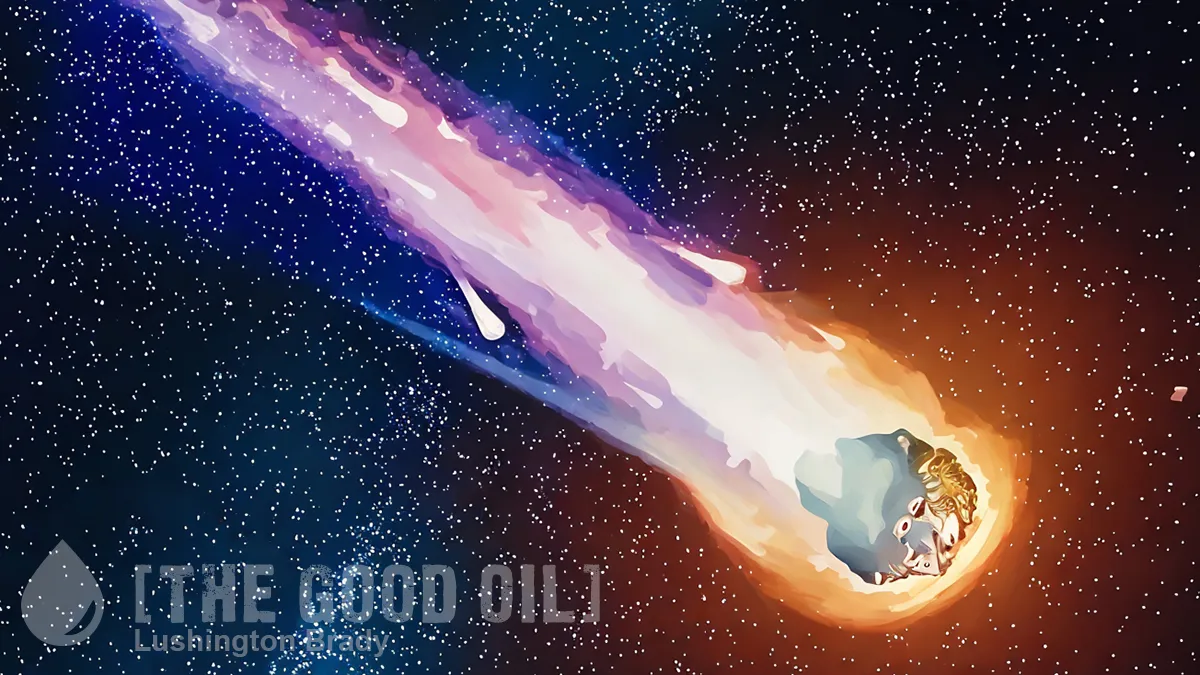If we’re to believe the Greens and Te Paati Maori, the Maori were and are environmental saints, living in perfect harmony with their environment. It’s only since the wicked Pakeha showed up that all the environmental destruction and species extinction started.
Which is even more ludicrous than fanciful claims that Maori discovered Antarctica more than a thousand years ago.
Every New Zealander knows that the moa and the Haast’s eagle, to name just two, were quickly sent to oblivion by the Maori, centuries before Captain Cook touched ashore on New Zealand. The first was viewed as little more than a walking, giant KFC and hunted to extinction; the other, killed off by the eradication of its major food source.
The kakapo is another species badly impacted by the arrival of humans.
Still, they’ve managed to cling on to their last redoubt on Stewart Island (and a solitary mainland individual). But new research shows that the species is in better genetic health than might have been thought, despite its tiny, inbred population.
The major damage to population size was done soon after human colonisation in the 14th century. Maori hunted the kakapo for food and for their skins and feathers, which were made into cloaks. Clearing of habitat and the introduction of dogs and rats threatened the birds further. The arrival of Europeans brought new predators, like cats, stoats and ferrets, and the kakapo declined even further.
By 1995, the species was reduced to 51 birds: 50 kakapo from the isolated Stewart Island and one single male, named Richard Henry, from the extinct mainland population.
Richard Henry and 39 Stewart Island birds were the only kakapo to reproduce and are thus the ancestors of all birds born since 1995.
As of 2021, only 201 individuals survive and are managed on island sanctuaries.
But, despite being one of the most inbred bird species in the world, it has many fewer harmful mutations than expected.
Like the Tasmanian Devil, the surviving kakapo population on Stewart Island has been isolated for around 10,000 years.
According to Dr Nicolas Dussex, a researcher at the Center for Palaeogenetics and Stockholm University:
“During this time, harmful mutations have been removed by natural selection in a process called ‘purging’ and that inbreeding may have facilitated it.”
A study by Dussex and Swedish colleague Professor Love Dalén sequenced and analysed the genes of 35 kakapo from the living population, and 14 from the extinct mainland population.
In small populations, scientific theory suggests that deleterious mutations may accumulate, leading to an increased risk for extinction. But it’s also possible that detrimental gene variants, exposed through inbreeding, could instead be eliminated from the population by natural selection, a process known as purging.
The authors found that the latter possibility more accurately describes what’s happened in the case of the kakapo.
“We show that the single male survivor from the mainland, Richard Henry, has more harmful mutations than Stewart Island birds,” Professor Dalén said.
The question for kakapo breeding programs is whether Richard Henry could introduce more harmful mutations to putative descendants, or carry useful genetic diversity. The long isolation of Stewart Island means that Richard Henry’s mainland genes are distinct.
“It will therefore be important to carefully monitor the health and genomes of Richard Henry’s offspring to ensure they don’t introduce harmful mutations to the island population.”
Sci-News
Please share this article so that others can discover The BFD









